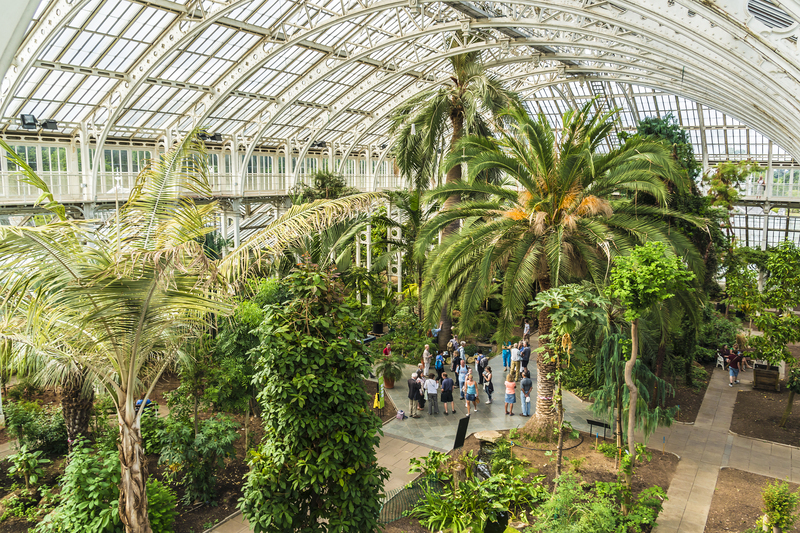What Does Container Gardening Involve?
Posted on 04/09/2025
Container gardening, also known as pot gardening, is a method of growing plants in containers instead of in the ground. This approach is perfect for those with limited space, like urban dwellers or those without traditional garden plots. It involves more than just placing plants in pots; it requires careful selection of containers, soil, plants, and proper maintenance.
Choosing the Right Containers
The first step in container gardening is to select the right containers for your plants. The size, material, and drainage capacity of the container can significantly affect plant health.

Importance of Drainage
Adequate drainage is crucial for container gardening. Without it, water can pool at the bottom of the pot and lead to root rot. Ensure your containers have drainage holes and consider adding a layer of stones at the bottom.
Soil and Fertilization
The type of soil you use can make or break your container garden. Regular garden soil is usually too dense for containers. Opt for a high-quality potting mix designed for container gardening. Additionally, container plants require more frequent fertilization than their ground-dwelling counterparts.
Selecting the Right Plants
Not all plants are suited for container gardening. Choose plants that will thrive in your local climate and consider the space and lighting conditions of where you'll place your containers.
Watering Practices
Watering is crucial in container gardening. Unlike garden beds, containers can dry out quickly, especially in hot weather. Check moisture levels regularly and water as needed. Some people use self-watering containers for more convenience.
Maintenance and Hygiene
Regular maintenance is essential for a successful container garden. This includes pruning, deadheading, and occasionally replacing the soil. Regularly check for pests and diseases and treat them promptly.
Pros and Cons
Pros:
- Space Efficiency: Ideal for small spaces such as balconies and patios.
- Flexibility: Easy to move plants around to optimize light and weather conditions.
- Control: Better control over soil quality, moisture, and pests.
Cons:
- Frequent Watering: Containers dry out quicker and may require daily watering.
- Limited Root Space: Root growth is restricted, which can limit the plant's size.
- Cost: Initially, the cost can be higher due to the need for purchasing containers and specialized soil.
Tips for Successful Container Gardening
- Start with smaller plants that adapt well to containers.
- Use slow-release fertilizers to reduce the frequency of fertilizing.
- Group plants with similar water and light requirements to make maintenance easier.
- Rotate containers periodically to ensure even light distribution.

Takeaways
Container gardening is an excellent way to bring greenery into your life, regardless of your space limitations. With the right containers, soil, and plants, you can create a thriving garden. Keep in mind the importance of drainage, regular watering, and maintenance for successful container gardening.
Conclusion
Container gardening is a versatile and rewarding gardening method suitable for a variety of situations and spaces. While it does require some additional considerations, such as choosing the right containers and more frequent maintenance tasks, the benefits far outweigh the challenges. Whether you're an experienced gardener or a novice, container gardening offers an enjoyable and accessible way to cultivate plants.



